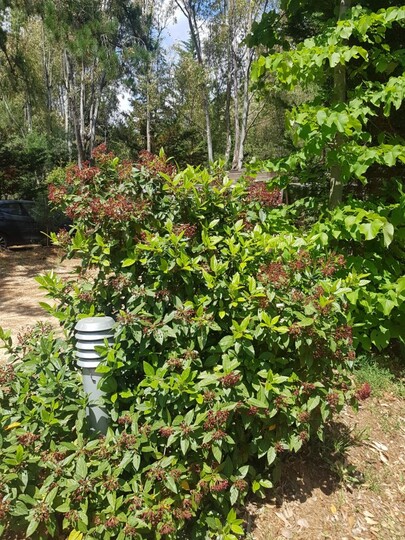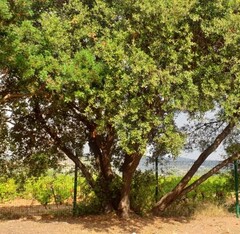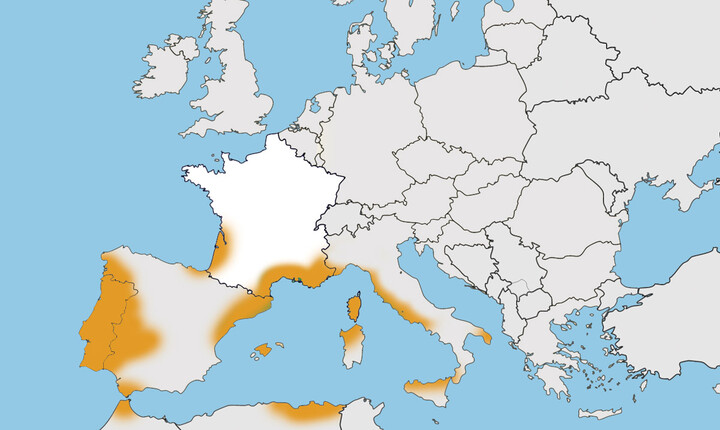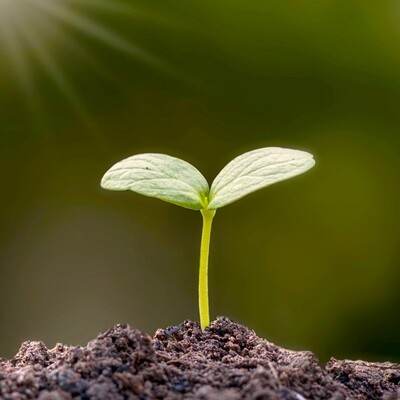Pistacia lentiscus
Presentation
A treasure with hidden virtues
The Pistacialentiscus is one of the icons of our Mediterranean flora, where it is appreciated for its multiple uses and medicinal properties. Also known as lentisk or mastic, the evergreen leaves and reddish fruits of this resinous shrub harbour a heritage rich in anecdotes and traditions. You’ll find lots of them in Provence and at our four-star campsite Les Jardins de La Pascalinette ® in La Londe.
One of the fascinating facts about Pistacialentiscus is its resilience to fire. Unlike many other plants, the mastic tree has the ability to regenerate quickly after a blaze: its buds are protected with a layer of flammable wax and it is literally reborn from its ashes! A huge advantage for a plant growing in the forests of the Var area, French Riviera-Côte d’Azur, where forests fires are sadly commonplace.
Precious biodiversity
A typical Mediterranean shrub that grows in our dry maquis and garrigue, Pistacia lentiscus offers edible fruit that are sometimes used to make cakes.
The shrub is also appreciated for its health benefits. Its resin is used in traditional medicine for its antiseptic, anti-inflammatory and expectorant properties, while its leaves can be infused to treat digestive and respiratory problems.
Once it comes into contact with the air, its resin forms an edible gum, which has earned it its common name “mastic tree”. The gum is used in confectionery and to make alcoholic beverages.
In ancient times, many Mediterranean civilizations considered the Pistacia lentiscus as sacred. The Greeks and Romans used its aromatic resin for perfumery and medicine, while in Greek mythology, Pistacia lentiscus was associated with the goddess Aphrodite, a symbol of beauty and femininity.
This remarkable shrub remains a genuine treasure of nature and reminder of the richness of our shared heritage. Thanks to our eco-friendly commitment, our campsite is dedicated to handing down a preserved natural environment to future generations.
Identity
| Latin name : | Pistacia lentiscus |
|---|---|
| Family : | anacardiaceae |
| Genus : | Pistacia |
| Species : | lentiscus |
| Color : | Green |
| Origin : | Mediterranean regions of Europe, Asia and Africa |
| Foliage : | Evergreen |
| Port : | Shrub |
| Height : | 1.5 to 6 m |
| Flowering : | May-July |
| Location : | "Jardin des sports" (nr. 6 on the botanical footpath plan), near the playground, in "Jardin de la Pinède" (nr. 10) and at the top of Allée du Gapeau (nr. 18). |
Did you know?
The gum of the mastic tree is said to have antibacterial and anti-inflammatory properties, and its leaf extract (especially the oil) has antifungal properties.




